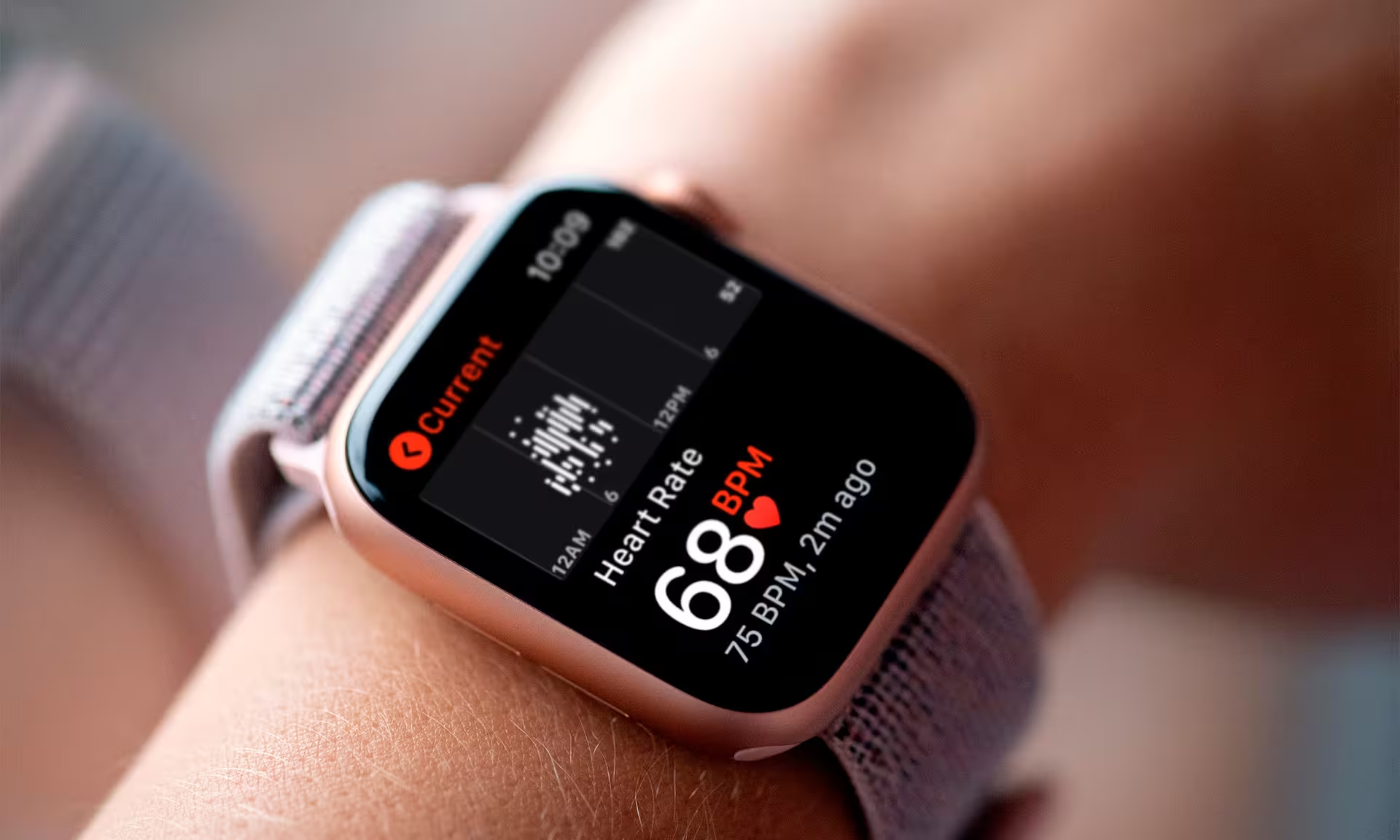5 Minutes
From routine alerts to life-changing diagnosis
Smartwatches are increasingly marketed as personal health companions, and the Apple Watch is often at the center of that conversation. With features such as an ECG app, sleep tracking, and blood oxygen monitoring — plus a suite of other physiological sensors — Apple’s wearable is designed to surface anomalies in cardiac and general wellness data. In one striking recent case, repeated low heart-rate alerts from an Apple Watch prompted a Brighton woman to seek medical attention, which ultimately led to the discovery of an undiagnosed brain tumor.
What happened: a real-world timeline
The user, who lives in Brighton, began receiving low heart-rate notifications after a long holiday. Initially she attributed the readings to jet lag, travel fatigue and intense personal stress. A later head injury during the trip prompted further medical scrutiny when persistent smartwatch alerts continued after her return.
Following a pharmacy test and an urgent referral from her GP, clinicians found irregular heart activity known as ectopic beats. While ectopic beats are often benign and linked to stress, poor sleep or anxiety, they can sometimes signal underlying problems. After reporting the head impact, doctors ordered a CT scan — and the imaging revealed a brain tumor that had previously gone undetected.

Apple Watch features that matter
ECG and heart rate monitoring
Apple Watch’s ECG function and continuous heart-rate monitoring are designed to detect atrial fibrillation, bradycardia (abnormally low heart rate) and other arrhythmias. These features can trigger notifications when readings fall outside configured thresholds, prompting users to seek medical assessment.
Sleep, SpO2 and activity tracking
Additional sensors — including blood oxygen (SpO2) and sleep-tracking algorithms — contribute contextual data that can help clinicians interpret abnormal cardiac signals. While wearables do not replace clinical diagnostics, they provide continuous biometric streams that can reveal trends missed during episodic doctor visits.
Advantages and limitations of smartwatch-driven health alerts
Advantages: Smartwatch health alerts offer continuous monitoring, non-invasive data collection, and the potential for early detection of conditions that might otherwise go unnoticed. In this case, persistent low heart-rate alerts led to follow-up testing and imaging that uncovered a serious condition.
Limitations: Wearables are not diagnostic devices. Sensor accuracy can vary with device model, fit, and user behavior. False positives and false negatives occur, and alerts should always be validated through clinical testing such as ECGs, Holter monitors, and radiological imaging where appropriate.
Use cases and clinical relevance
Practical use cases for smartwatch health features include early arrhythmia detection, monitoring of chronic cardiac conditions, post-operative recovery tracking, and remote patient monitoring in telehealth programs. The Brighton case underscores another important use case: smartwatches as triggers for further medical evaluation when otherwise non-specific symptoms exist.
How Apple Watch compares to dedicated medical devices
Compared with clinical devices like hospital-grade ECG machines or Holter monitors, a consumer smartwatch offers convenience and continuous sampling but lacks the comprehensive diagnostic capabilities of clinical equipment. Smartwatches are best viewed as screening and monitoring tools that can augment traditional healthcare pathways and support early intervention.
Market relevance and the future of wearable health
Wearable health tech is a rapidly growing segment of the consumer electronics market. Demand for health-oriented features — ECG, SpO2, advanced heart-rate analytics, and sleep metrics — is driving innovation and regulatory attention. As devices become more sophisticated and algorithms improve, we can expect closer integration between wearables, telemedicine platforms, and electronic health records, increasing the market relevance of smartwatches for preventive care and remote diagnostics.
Takeaways for users and healthcare professionals
For users: Treat smartwatch alerts as prompts to seek professional evaluation rather than definitive diagnoses. Keep device firmware up to date and understand what each alert means. For clinicians: Consider wearable data as supplementary — potentially valuable longitudinal context — and validate any concerning signals with clinical-grade diagnostics.
In the Brighton case, a consumer wearable played an important role in early detection. Although the tumor was reportedly benign and managed through monitoring and medical therapy for the associated cardiac issues, the episode highlights the growing real-world impact of wearable health sensors — not as replacements for medical care, but as catalysts for timely intervention.
Source: appleinsider

.webp)
Leave a Comment